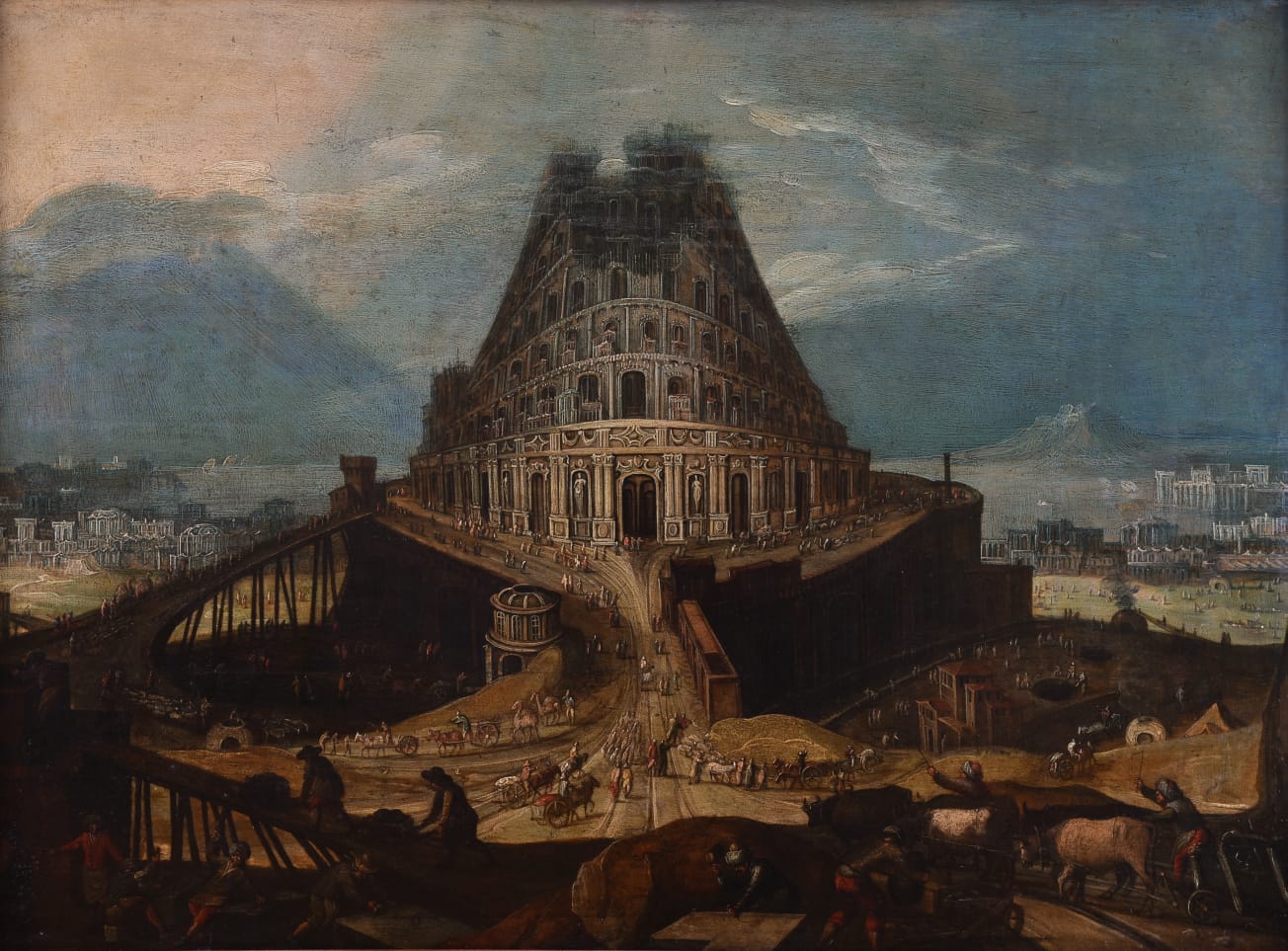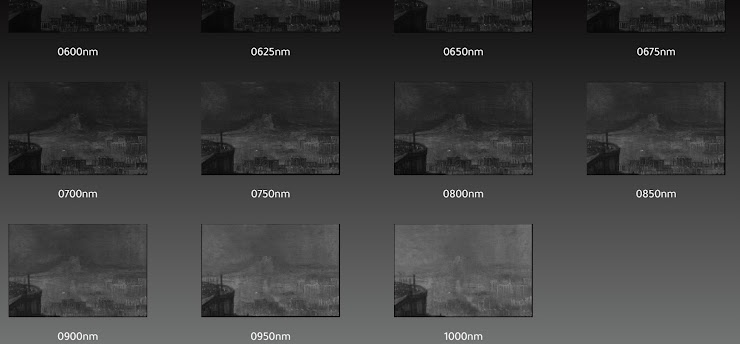MNArT MULTISPECTRAL BAROC Workshop *Paintings&Science 1.1 – Baroque Reloaded
Hi! I’m Salviana, the first avatar of MNArT. I want to tell you about a very interesting event called MULTISPECTRAL BAROC, organized by the team of the Restoration Laboratory of the National Museum of Art, within the project Baroque Reloaded by MNArT, with the support of the Timișoara ECoC 2023 program. What makes this project special is that it brings art and science together, using new technologies within the museum.
From November 20-24, daily between 9:00-11:00 and 14:00-16:00, we are organizing a workshop called Multispectral Baroque, where schools in the city and county, you and other pupils, students and young researchers are invited to participate. We will use special technologies to explore the artworks in the museum, assisted by museum experts. At the end of the workshop, you will receive a certificate called MNArT-BYMS (MNArT-Baroque Young Museum Scholar).
If you are between 13 and 19 years old, we invite you to join us and discover the secrets of Baroque paintings from the 17th-18th centuries with the museum’s specialists. We will use physics, chemistry, literature and painting to reveal fascinating details about these works of art!
To give you a better understanding of the universe we’re about to explore, let me explain these things from a few pictures:
Photos:
Tower of Babel, 17th century, Dutch painter, oil on wood
Collection of the National Art Museum Timisoara / European Art Gallery


The light that our eyes can see is only a small part of the complete light that surrounds us. This visible part of light is called the visible spectrum and ranges in color from violet to red. Multispectral analysis equipment helps us study this light invisible to our eyes, which covers a wide range of colors beyond the visible spectrum. This equipment works by collecting information about different colors and wavelengths and processes it using a special database. This technology allows us to better understand the colors and materials in works of art, helping us to uncover the hidden secrets of paintings and other artistic objects.
Photo: multispectral mapping detail, digital platform-processed photograph of the oil on wood painting, Tower of Babel (17th century, Dutch painter, MNArT collection)


Ultraviolet (UV) light is a form of light invisible to the naked eye, with wavelengths shorter than visible light. It extends from 10 nanometers (nm) to 400 nanometers (nm). The UV spectrum shows details that the naked eye cannot see in normal light. It helps us to partially identify the pigments used in paintings, the types of varnishes used, as well as to detect alterations made afterwards, such as retouching, restoration or artificially applied layers on a work of art.
Photo: multispectral mapping detail, digital platform-processed photograph of the oil on wood painting, Tower of Babel (17th century, Dutch painter, MNArT collection)
Infrared (IR) light is an invisible form of light that our eyes cannot see. It has wavelengths longer than visible light and extends from about 700 nanometers (nm) to 1 millimeter (100,000 nm). Infrared light can penetrate into the surface layers of a painting, reaching right down to the base layer, which helps us to see underlying changes, such as changes in the composition of the painting or retouching applied over time.
Photo: details of multispectral photography in various wavelengths, Tower of Babel (17th century, Dutch painter, MNArT collection)

The MULTISPECTRAL BAROC Workshop is an initiative initiated by the team of the Restoration Laboratory of the National Museum of Art within the project Baroque Reloaded by MNArT, supported by the Timișoara ECoC 2023 program. The project brings to the foreground the interdisciplinary perspectives between the visual arts and the exact sciences, emphasized through new technologies in the MNArT’s Visitable Restoration Laboratory and in surprise locations in the museum, in relation to selected works from the museum collections.
Participants will work under the coordination of museum experts to survey the heritage using state-of-the-art technology and multispectral imaging devices and will receive an MNArT-BYMS (MNArT-Baroque Young Museum Scholar) certificate.
